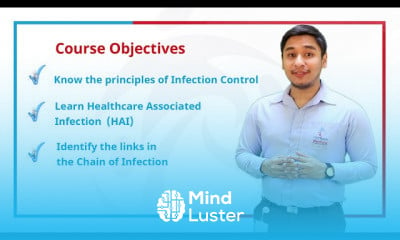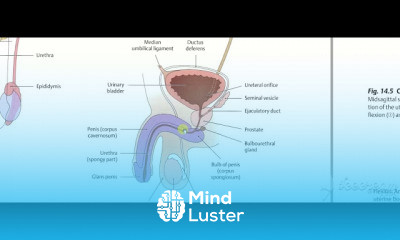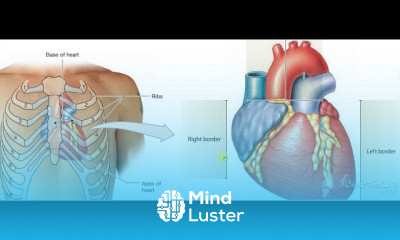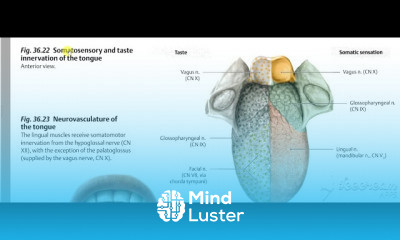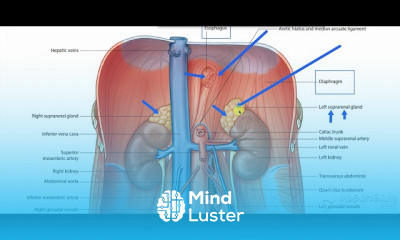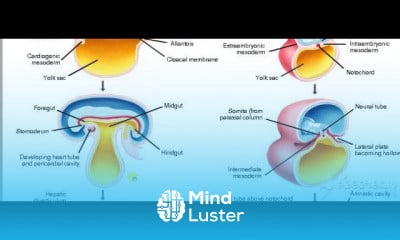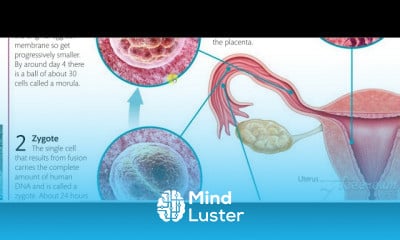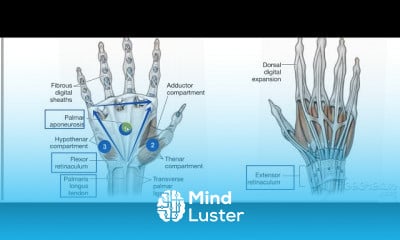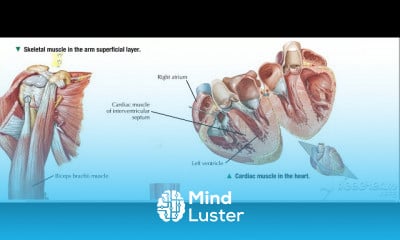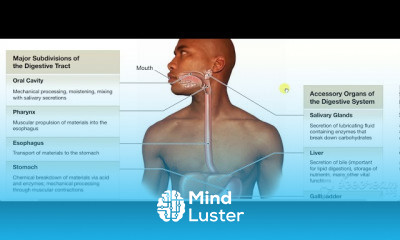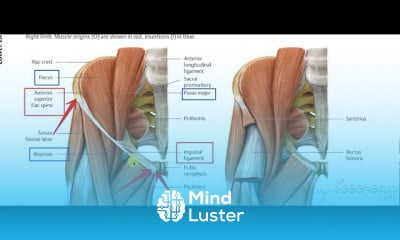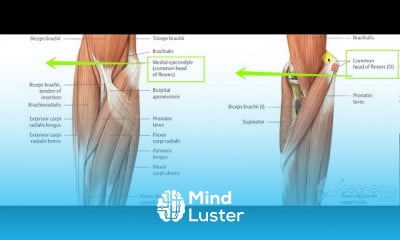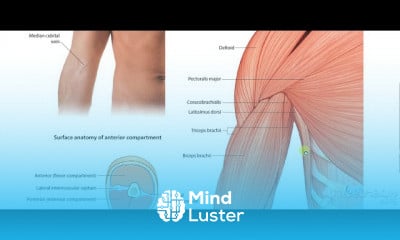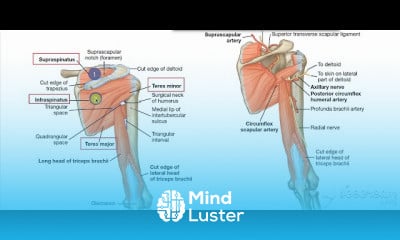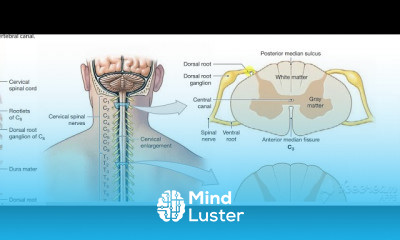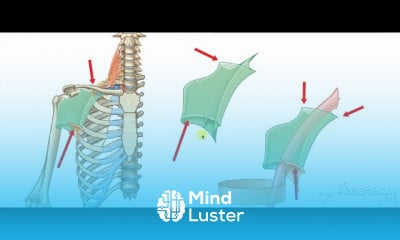Shoulder anastmosis 1
Share your inquiries now with community members
Click Here
Sign up Now
Lessons List | 32
Lesson
Comments
Related Courses in Medical
Course Description
The human shoulder is made up of three bones: the clavicle (collarbone), the scapula (shoulder blade), and the humerus (upper arm bone) as well as associated muscles, ligaments and tendons. The articulations between the bones of the shoulder make up the shoulder joints. The shoulder joint, also known as the glenohumeral joint, is the major joint of the shoulder, but can more broadly include the acromioclavicular joint. In human anatomy, the shoulder joint comprises the part of the body where the humerus attaches to the scapula, and the head sits in the glenoid cavity.[1] The shoulder is the group of structures in the region of the joint.[2]
The shoulder joint is the main joint of the shoulder. It is a ball and socket joint that allows the arm to rotate in a circular fashion or to hinge out and up away from the body. The joint capsule is a soft tissue envelope that encircles the glenohumeral joint and attaches to the scapula, humerus, and head of the biceps. It is lined by a thin, smooth synovial membrane. The rotator cuff is a group of four muscles that surround the shoulder joint and contribute to the shoulder's stability. The muscles of the rotator cuff are supraspinatus, subscapularis, infraspinatus, and teres minor. The cuff adheres to the glenohumeral capsule and attaches to the humeral head.
The shoulder must be mobile enough for the wide range actions of the arms and hands, but stable enough to allow for actions such as lifting, pushing, and pulling.
Trends
Graphic design tools for beginners
Web design basics
Make money as a freelance designer
Mastering logo design in illustrator
Logo design with circles in Illustrator
Figma heart icon design
Freelance graphic design business
Best zoology books
Figma mobile UI design essentials
Figma for UX UI design
Master graphic design techniques
Illustrator poster design for beginners
Design Pie charts in figma
Setting Up illustrator for logo design
Figma design basics for beginners
Illustrator for logo design beginners
Figma glassmorphism sidebar design
Financial Accounting basics
Source documents in accounting beginners
UX UI design career
Recent
Bioinformatics basics
Bioinformatics databases
Vitamin A to Z tablets
Best zoology books
Best cream for piles pain
Laser surgery for piles
Best cream for piles
Anal fissure treatment
Best antibiotics for diseases
Antibodies structure
Macrophage structure
Drosophila genetics
Diagnostic tests
Bioinformatics
Genetics
Gene therapy
Kidney structure
DNA replication and types
Bacterial cell structure
Parasite structure




